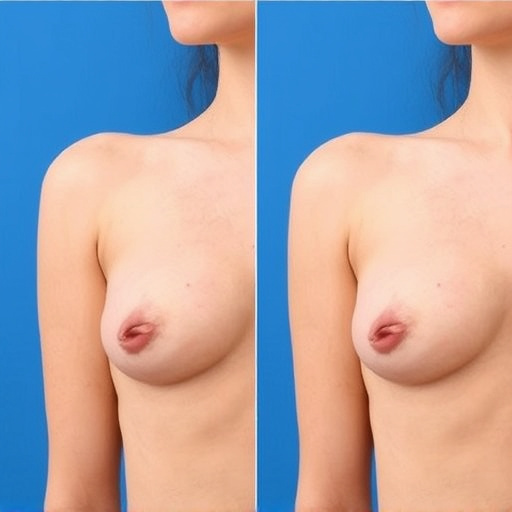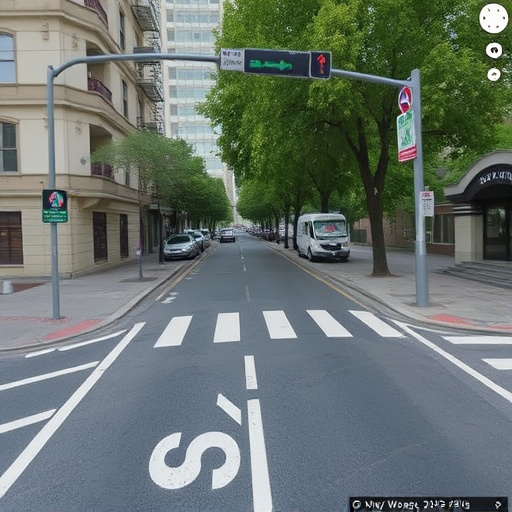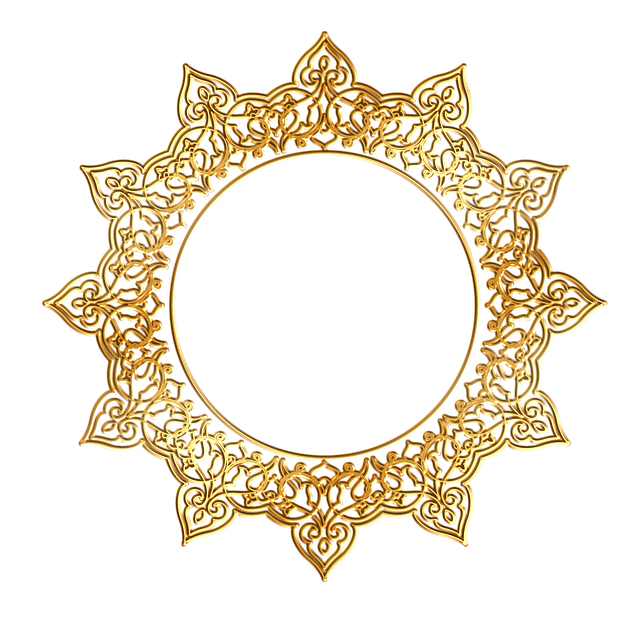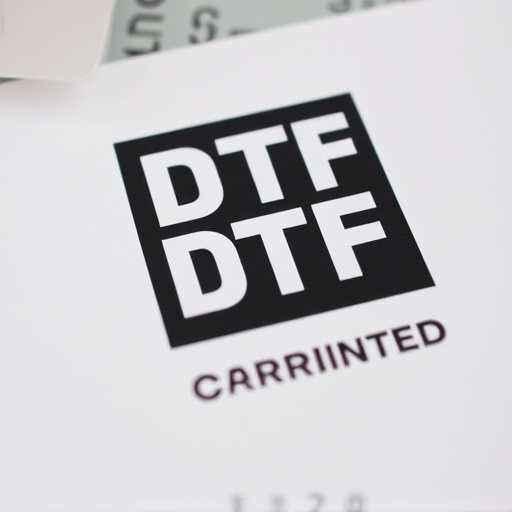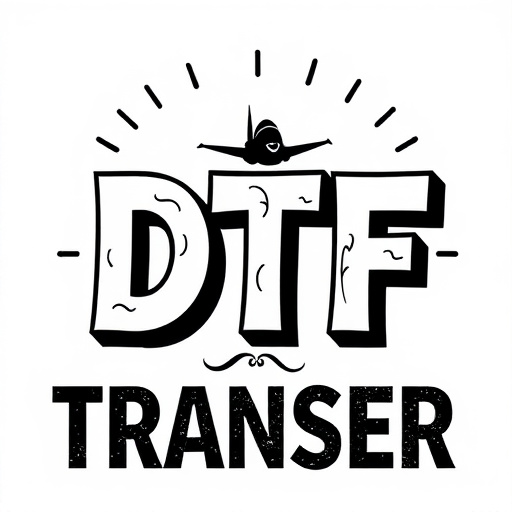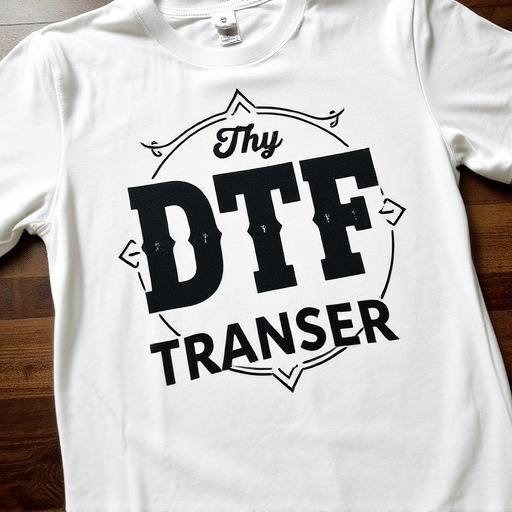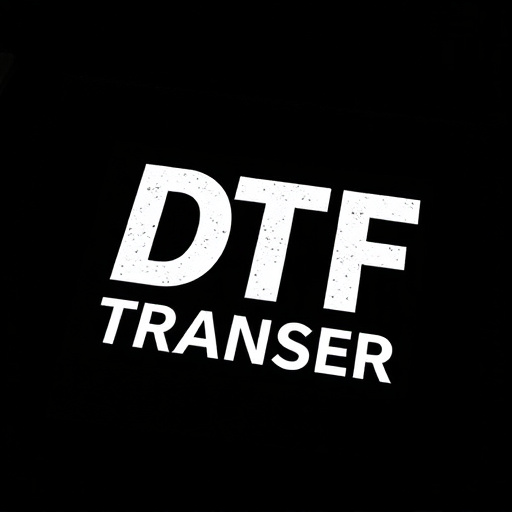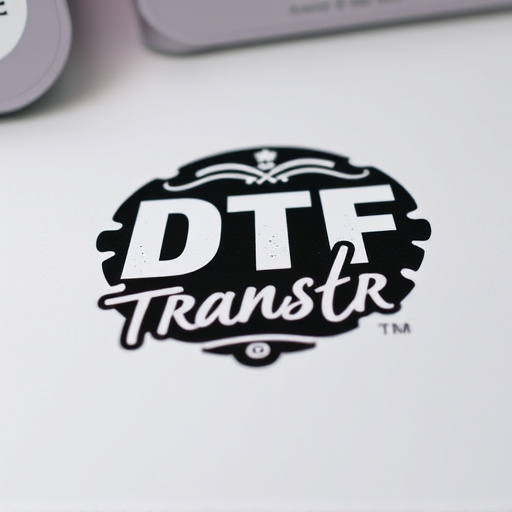Direct-to-film (DTF) printing offers a game-changing solution for applied design on non-fabric materials like metal, wood, and canvas, providing vibrant colors, intricate details, and superior durability. DTF's advanced technology uses eco-friendly inks under high pressure to create long-lasting bonds, eliminating common issues like fading, peeling, or cracking. While environmental factors like UV exposure and weathering can impact longevity, innovative coatings and finishing techniques protect against these challenges. Real-world case studies showcase the exceptional durability of DTF prints in outdoor settings, with some signs and murals retaining their aesthetic appeal for over eight years. Future advancements in materials science and AI integration promise even higher quality, versatile DTF prints for diverse applications, revolutionizing visual communication across industries.
Direct-to-film (DTF) printing has emerged as a game-changer in the world of applied design, offering unparalleled longevity and resilience. This article delves into the durability and enduring appeal of DTF prints, exploring factors that contribute to their lasting impact. From understanding the technology behind DTF prints to examining the effects of UV exposure and weathering, we uncover techniques like coating and finishing that enhance their resistance. Real-world case studies highlight successful long-term DTF applications, while future prospects discuss innovations in print technology.
- Understanding Direct-to-Film (DTF) Prints: A Brief Overview
- The Unparalleled Durability of DTF Applications
- Factors Affecting Longevity: UV Exposure and Weathering
- Enhancing Resilience: Coating and Finishing Techniques
- Real-World Case Studies: Long-Lasting DTF Designs in Action
- Future Prospects: Innovations in DTF Print Technology
Understanding Direct-to-Film (DTF) Prints: A Brief Overview
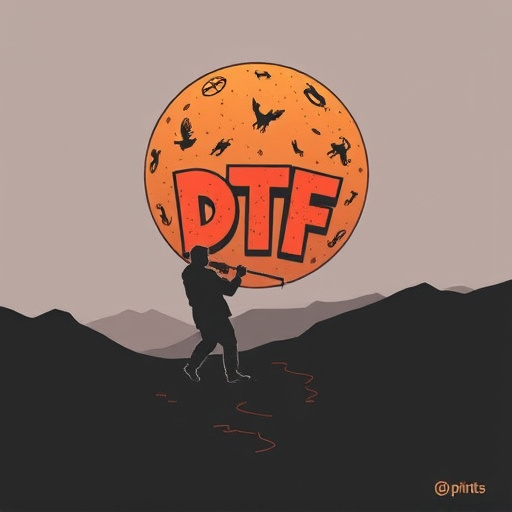
Direct-to-film (DTF) prints have revolutionized the way we approach applied design, offering a unique and durable solution for various surfaces. This innovative technique involves transferring ink directly onto materials like metal, wood, or canvas using advanced printing technology. DTF Prints provide an alternative to traditional printing methods, ensuring long-lasting results with vibrant colors and intricate details.
Unlike direct-to-garment printing, which is often used for textiles, DTF Prints are specifically designed for non-fabric materials. The process starts with high-resolution digital design files, which are then precisely printed onto the chosen substrate using eco-friendly inks. This method allows for complex patterns, bold graphics, and even full-color images to be applied directly onto a wide array of products, enhancing their aesthetic appeal and functionality.
The Unparalleled Durability of DTF Applications

Direct-to-film (DTF) printing technologies offer unparalleled durability for applied designs, making them a standout choice in various industries. The process involves directly applying ink to a substrate through a high-pressure mechanism, resulting in prints that are incredibly robust and long-lasting. This method ensures the ink is deeply bonded with the material, protecting against fading, peeling, or cracking over time—common issues encountered with traditional printing techniques.
The resilience of DTF prints is particularly notable in outdoor settings or applications subject to harsh conditions. From signage and advertising boards to vehicle wraps and even architectural structures, DTF designs can withstand exposure to sunlight, extreme temperatures, and physical wear and tear. This durability makes it an economical and reliable solution for projects requiring longevity and visual impact, ensuring that messages and graphics remain crisp and vibrant for extended periods.
Factors Affecting Longevity: UV Exposure and Weathering

Direct-to-film (DTF) prints, when exposed to various environmental conditions, face several factors that influence their longevity and resilience. One of the primary considerations is UV exposure. The harmful ultraviolet rays from sunlight can degrade the inks used in DTF printing over time, leading to color fading and reduced vibrancy. This effect becomes more pronounced in regions with higher UV indices, necessitating the use of protective coatings or films that block out these rays.
Weathering is another significant factor. Extreme weather conditions, including high temperatures, humidity, and rainfall, can accelerate the aging process of DTF prints. Moisture, for instance, can seep into the print layers, causing ink to crack or peel off the substrate. Additionally, varying temperature changes can cause the inks to expand and contract, leading to potential damage or distortions in the design. To mitigate these effects, proper storage conditions, including reduced exposure to direct sunlight and controlled humidity levels, are essential for maintaining the integrity of DTF prints over extended periods.
Enhancing Resilience: Coating and Finishing Techniques

The longevity and resilience of direct-to-film (DTF) applied designs are significantly enhanced through advanced coating and finishing techniques. These modern methods ensure that DTF prints maintain their vibrancy, durability, and aesthetic appeal over extended periods, even in challenging environmental conditions. Coatings act as a protective barrier, shielding the print from damage caused by UV exposure, moisture, and physical abrasion.
Finishing treatments such as laminating or applying hard coatings not only add an extra layer of protection but also improve the overall dimensional stability of the printed material. This is particularly crucial for outdoor applications where DTF prints are exposed to varying weather conditions. By incorporating these innovative techniques, creators can ensure that their artistic visions, whether on murals or advertising billboards, remain intact and captivating for years to come.
Real-World Case Studies: Long-Lasting DTF Designs in Action

Real-world case studies offer a compelling look at the longevity and resilience of direct-to-film (DTF) applied designs. From outdoor signage to wayfinding systems in bustling urban environments, DTF prints have proven their durability against harsh weather conditions, constant exposure, and heavy foot traffic. For instance, a study on a DTF-printed sign installed in a vibrant metropolis revealed that the design remained legible and visually appealing after five years of continuous use, with minimal fading or damage despite daily interactions from pedestrians and local businesses.
Another notable example involves a large-scale DTF mural adorning a city wall. The artwork, designed to withstand various environmental factors, has retained its vibrant colors and intricate details for over eight years. This longevity is attributed not only to the robust printing technology but also to the protective coatings applied during the application process. These real-world applications underscore the reliability and aesthetic integrity of DTF prints in enhancing public spaces while maintaining their visual impact over extended periods.
Future Prospects: Innovations in DTF Print Technology

The future of direct-to-film (DTF) print technology looks promising, with continuous innovations pushing the boundaries of what’s possible. Ongoing advancements in materials science are leading to more durable and versatile DTF inks, capable of reproducing complex designs with exceptional detail and color accuracy. This evolution promises longer-lasting, high-quality prints in a wider range of applications, from outdoor signage to interior decor.
Additionally, integration of DTF printing with emerging technologies like artificial intelligence and machine learning could streamline design customization and production processes. This would enable more dynamic and personalized content, catering to individual preferences while maintaining the speed and efficiency that makes DTF printing so appealing. As technology continues to advance, DTF prints are poised to become an even more integral part of various industries, enhancing visual communication and transforming how we interact with both physical and digital spaces.
